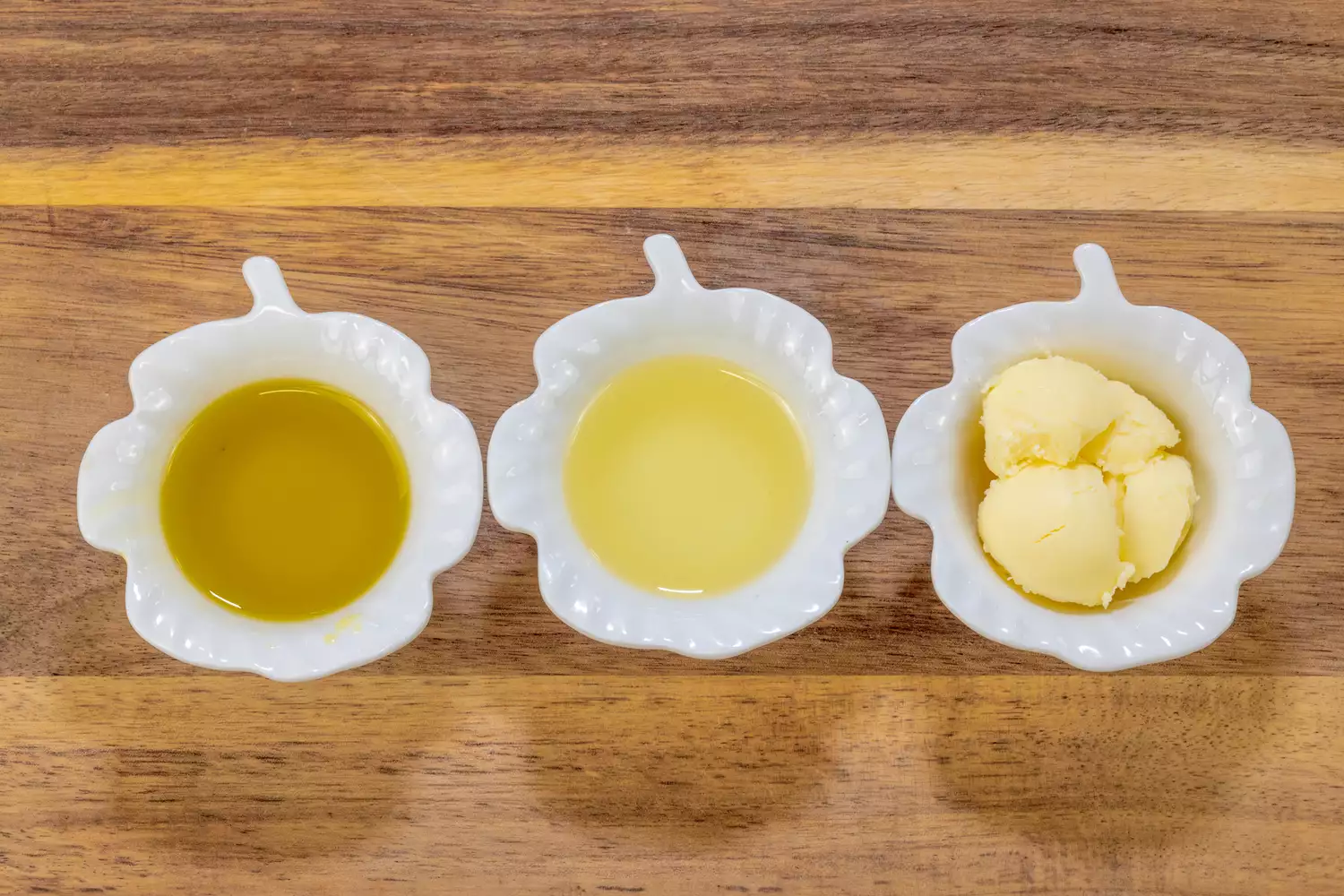
Canola oil is a versatile vegetable oil. It has a neutral flavor and a high smoke point, making it the ideal oil for sauteing and frying foods. You may also use canola oil to make salad dressing or as an alternative fat source when baking.
Though widely used and readily offered, what do you do when your recipe calls for canola oil and you do not have it or you can not utilize it? There are a number of options you can utilize in place of canola oil.
About Canola Oil
Canola oil is made from the seed of the canola plant. It is light in color, texture, and taste, which is why it has many uses. You likewise can refrigerate the oil without it losing its liquidity, making it the perfect oil for salad dressings. It also can change butter in some in baked goods, including wetness and texture without the saturated fat.
Canola oil also has a high smoke point. This implies you can heat up the oil to a temperature level of 478 degrees Fahrenheit without it smoking cigarettes– or burning– so it can be utilized for sauteing and deep frying.1.
You might have issues about canola oil due to the fact that of its association with rapeseed oil. Rapeseed oil is a kind of vegetable oil with a high material of erucic acid, which is a compound that is toxic to people when consumed in high quantities.
The canola plant was reproduced from rapeseed. Nevertheless, the flexible cooking oil has minimal amounts of erucic acid and is normally recognized as safe (GRAS) by the Food and Drug Administration.
Canola Oil Nutrition Facts.
Canola oil is thought about a “heart-healthy” oil, since it is low in saturated fat and high in unsaturated fats. The nutrition info for 1 teaspoon (4.5 grams) of canola oil originates from the USDA.3.
Calories: 40.
Total fat: 4.5 g.
Sodium: 0.
Carbohydrates: 0.
Fiber: 0.
Sugar: 0.
Protein: 0.
Saturated fat: 0.331 g.
Monounsaturated fat: 2.85 g.
Polyunsaturated fat: 1.26 g.
Canola oil has one of the lowest quantities of hydrogenated fat of any cooking oil. The FDA enables makers of canola oil to position health claims on their food labels specifying that the oil might decrease the threat of coronary cardiovascular disease (CHD).4.
CHD, also known as coronary artery illness (CAD), is the most common kind of heart disease.5 With CHD, you have narrowing or blockages in your coronary arteries– the main arteries in your heart– due to an accumulation of plaque along the capillary walls.
The reason for the health claim is due to the oleic acid present in canola oil. Oleic acid is a type of monounsaturated fat also found in olive and sunflower oil.4 Replacing hydrogenated fats with oils high oleic fats, like canola oil, may lower your threat of CHD.
A review study published in 2020 found that canola oil reduces total cholesterol and bad cholesterol– low-density lipoprotein (LDL) cholesterol– much better than olive oil.
Why Use a Substitute.
A versatile oil and a staple in numerous kitchens, there are many reasons why you might require a substitute for canola oil. Possibly it is not an oil you regularly buy and you are right in the middle of making a recipe that requires it and you require to understand what you can utilize instead. Or, possibly you are all out and can not discover any canola oil at your regional supermarket.
You might also be looking for a canola oil alternative since you have an allergic reaction to mustard. Canola oil is made from a plant that is a member of the Brassicaceae household. Allergies to canola oil are unusual, if you have an allergy to mustard, which is likewise part of the Brassicaceae household of plants, then you may want to avoid canola oil too.7.
Finest Substitutes for Canola Oil.
Canola oil may be versatile, but it is not your only grease alternative. If you are all out or you can not use canola oil, there are many great options. Here are some prospective choices you can try in a pinch.
Grease.
Grease is a versatile cooking fat that is light in color with a neutral flavor, making it a best one-to-one alternative to canola oil. The one thing to note about grease is that it might consist of a blend of veggie oils, like soy, corn, or perhaps canola oil. If you have an allergy to any of these oils, you will need to check out the label thoroughly,.
Vegetable oil is readily available and affordable cooking oil. It also has a comparable nutrition profile.8 Vegetable oil also has a high smoke point and can be utilized for sauteing and frying.
Safflower Oil.
Safflower oil is made from the seeds of the safflower plant. It is light in color with a neutral flavor and works as a good alternative to canola oil. Safflower oil has a comparable nutrition profile to canola oil.9.
USDA. FoodData Central. Oil, safflower, salad or cooking, high oleic (main safflower oil of commerce). Published April 1, 2019.
You can likewise utilize safflower oil for high-heat cooking, like sauteing or frying.
Olive Oil.
When it concerns heart health, olive oil might be the first oil that comes to mind. You can also replace your canola oil with olive oil. The type of olive oil you use may impact the color or flavor of your dish.
When replacementing for canola oil, refined olive oil makes the best choice since it is light in color and has a really moderate flavor.10 Virgin olive oil is an extremely tasty oil and may not work also in recipes where you do not want to include any olive oil taste.
Olive oil makes an excellent replacement for canola oil in salad dressings and for sauteing. However, it has a lower smoke point than the other oils and is not a good alternative to deep frying.



